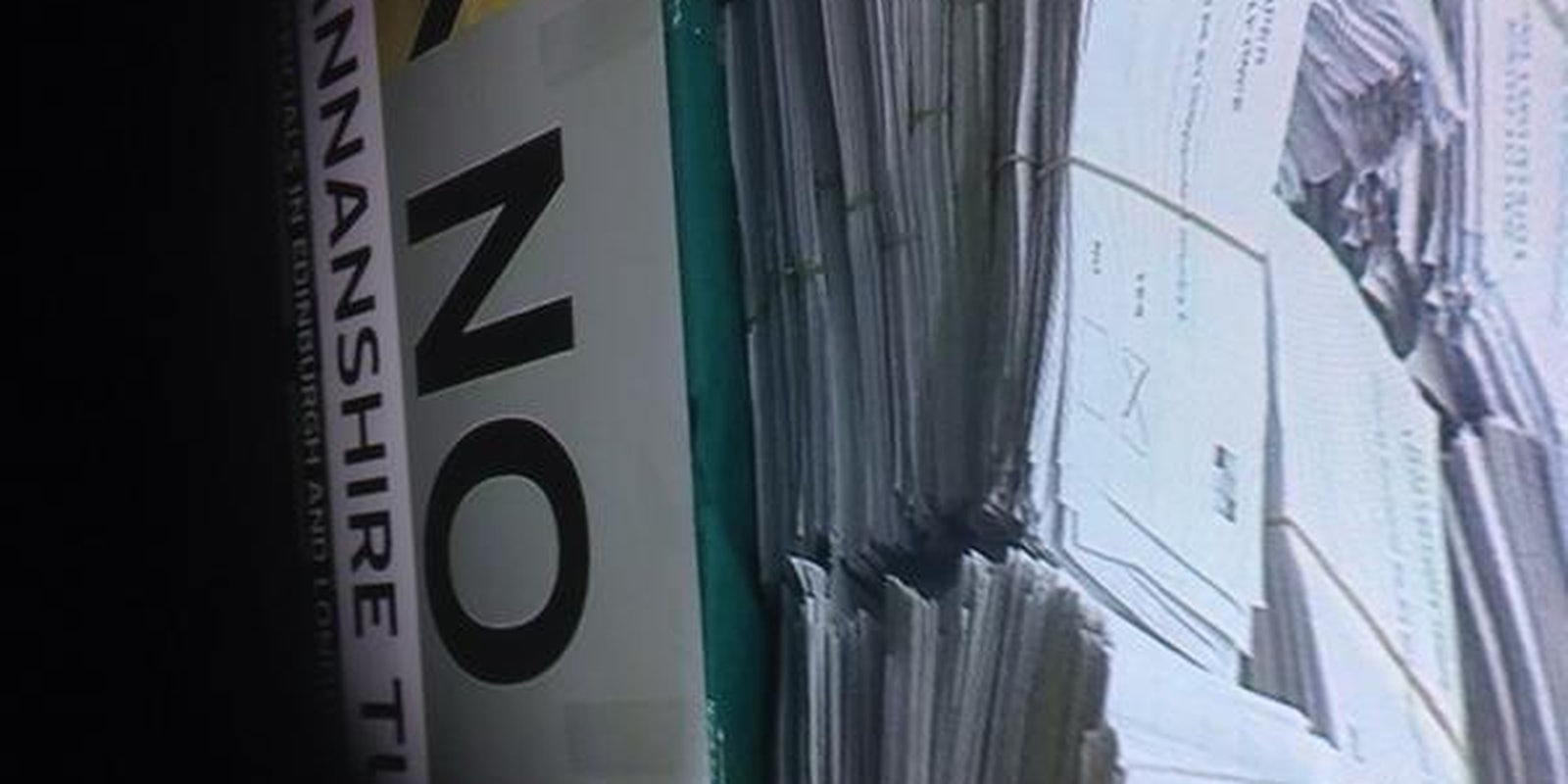The result of the Scottish independence referendum was clear by 5am on Friday morning, but rumors of fraudulent ballots had already been circulating for hours.
Given the option to vote Yes or No to an independent Scotland, the No vote won by a comfortable margin of 10 percent. However, that hasn’t stopped disappointed Yes voters from sharing their theories about No campaign ballot tampering behind the scenes.
One of the most pervasive rumors is the result of a tweet about supposedly mis-counted ballots in Clackmannanshire, one of the first areas of Scotland to announce their local result.
Watching skynews. Spotted a yes ballot in the NO section. RETWEET this pic.twitter.com/6KFcRRcB6T
— Chris (@ChrisMcCabe) September 18, 2014
The original tweet was posted at 12.30am local time, and included a photo taken from background footage used on Sky News. It appeared to show ballot papers marked “Yes” being stored on a table assigned to No ballots.
With only about 35,000 votes to count in Clackmannanshire, this was one of the first areas to announce their result. Even if we assume that the 12.30am Sky News report used live footage from the election count, it was still a full hour before the results for that district were announced at 1.30am. In other words, it’s highly unlikely that this image is of ballot papers that had already been counted. Instead, it was almost certainly a picture of ballots that had been tallied but were still waiting to be separated into Yes and No sections.
But in the heightened atmosphere of waiting for news of Scotland’s future, the idea of Yes ballots on the “No table” spread like wildfire.
A yes ballot paper in the No section…. pic.twitter.com/T7Hfg7dBPI
— DannyMcparland11 (@dannymcparland) September 19, 2014
Doubt the ballot papers were counted properly after seeing a yes vote in the no section,we’re a laughing stock now
— Kerrie Lee (@kerrieishere) September 19, 2014
An official Yes campaign Twitter feed tried to quell the rumors, stating that ballots had simply been “resting” on the table marked No. Unfortunately, this tweet wasn’t seen by as many people as voter-fraud conspiracy videos, which allege that the No campaign skewed the vote during the counting stage, began showing up on YouTube a few hours later.
To clarify, ballot papers have not yet been sorted into Yes/No and are just resting on table where No will go once sorted. No need to worry.
— Yes Dundee (@YesDundee) September 18, 2014
This suspicious attitude is partly the result of a widespread distrust of the Westminster government in Scotland—an issue at the core of Scotland’s independence efforts—and by extent a distrust of the Westminster-led side of the No campaign. One poll actually indicated that 26 percent of Scots thought the U.K. Secret Service MI5 could be working with the U.K. government to promote the No campaign. Then, in the days leading up to the referendum, an increasing number of Yes voters expressed doubts about the impartiality of the BBC’s coverage of the independence debate.
In the entire history of democracy, there probably hasn’t been a single election where someone didn’t accuse the winning side of fraud. And in some cases, they were right. Still, the most newsworthy examples for the independence referendum were ten suspicious ballots cast in in Glasgow, a city where over 364,000 people voted in total.
For something like the Clackmannanshire ballot fraud theory to be true, it would require an Ocean’s Eleven-level of conspiratorial forward-planning. Simply placing Yes votes on a No table would only work if every single person overseeing the count (including multiple representatives from the Yes and No campaigns, as well as the press) either turned a blind eye or failed to notice. Then it would have to happen thousands of times. So: It’s theoretically possible, but still not very plausible.
Photo via ChrisMcCabe/Twitter


